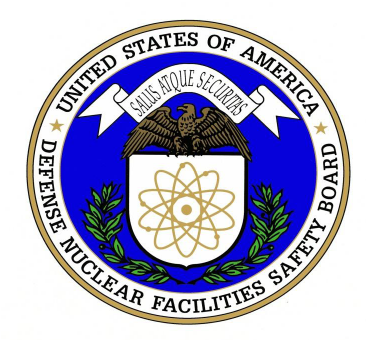Part 2 of 3 Parts (Please read Part 1 first)
Among other accomplishments, warnings from the Board helped to force the adoption of uniform emergency preparedness standards for all nuclear weapons sites in the U.S. The Board has also battled with nuclear weapons contractors over seismic vulnerabilities at nuclear weapons facilities in New Mexico, Washington state and South Carolina.
In spite of the work done by the Board, the nuclear weapons complexes in the U.S. have experienced many serious problems in recent years. These problems include the mishandling of plutonium, a radioactive explosion, mis-shipment of radioactive materials, and contamination of work area at nuclear weapons facilities.
The nuclear weapons defense contractors who run the nuclear weapons facilities do not appreciate the hard work of the Board. Some claim that the Board investigations are invasive and that the Board warnings are excessive. A 2012 report by the National Academy of Sciences criticized the Board with input from the nuclear weapons contractors. It complained that the nuclear weapons contractors had to “spend a great deal of time and overhead” dealing with the Board’s inspections.
The report was created by a panel chaired by Charles Shank, a former director of the DoE funded Lawrence Berkley National Laboratory. During the work on the report, Shank was a paid consultant for a corporation which was running one of the national weapons laboratories in New Mexico. Shank was one of the witnesses at a 2012 Congressional hearing on strategic forces. He called for less oversight from Washington for the nuclear weapons laboratories. He argued that they no longer needed the “special attention” from the Board.
One suggestion from the NAS report is especially troubling. The report said that the federal government “should accept more operational risks in its work supporting the U.S. nuclear arsenal.” Perhaps an argument could be made that operational risks should be tolerated during an actual war but such is not the current case. Ignoring risks during the Cold War resulted in some horribly polluted nuclear weapons sites such as the Hanford Nuclear Reservation in Washington State where liquids full of toxic and radioactive chemicals and materials were poured into unlined trenches dug into the dirt.
In 2014, there was an internal report generated by the National Nuclear Security Administration (NNSA) about the problems at LANL. The report blamed the NNSA for failing to appreciate how serious the problems at the LANL were. The report said, “the safety culture that existed within NNSA was to allow the contractor to manage the problem with minimal Federal intervention.” The report also said that the NNSA did not ask enough questions about the claim by the LANL that risks of an accidental nuclear chain reaction were being deal with when they were plainly not. Emails about problems at the LANL showed that concerns were raised in 2012 but no actions were taken until 2013.
Bob Alvarez, a former DoE official said that the “DoE does not really regulate these guys.” He worked with Senator John Glenn on the investigations and drafting of legislation that led to the creation of the Board. He also said that “There always needs to be some form of independent eyes and ears watching these guys. DOE’s Office of Enterprise Assessments [responsible for punishing contractors for safety and security lapses] is like a watchdog chained to a doghouse. All they do is threaten to bark. They don’t even bark. They just threaten to bark.”
Please read Part 3
